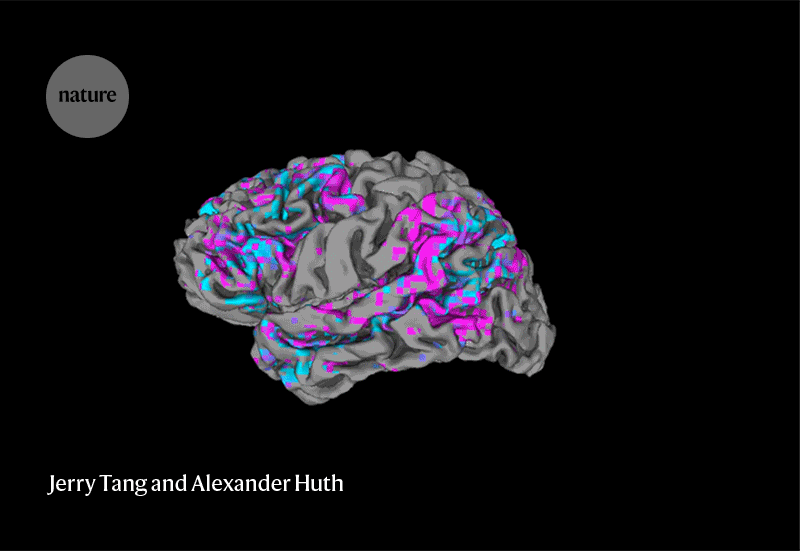Human lifespan is intricately connected to the aging process of individual cells, and this means that scientists have spent decades trying to unravel the mysteries of cellular aging and exploring methods to slow down the ticking of the aging clock.
Longevity. Technology: In 2020, a group of researchers from the University of California San Diego identified two distinct mechanisms of cellular aging and genetically manipulated them to extend cell lifespan [1]. Now, their research has progressed to employ synthetic biology and gene circuits to delay the deterioration associated with cellular aging [2]. The team’s innovative approach could revolutionize scientific methods of aging prevention and contribute to reprogramming aging pathways in various human cell types.
Publishing in Science, the researchers describe how cells in yeast, plants, animals and humans all contain gene regulatory circuits responsible for several physiological functions, including aging. These gene circuits, akin to electric circuits controlling household devices, can operate in different ways, and the UC San Diego team discovered that cells don’t necessarily age the same way – it all depends on their genetic material and environment. The researchers found that cells can age either through DNA stability decline or mitochondrial decline.






